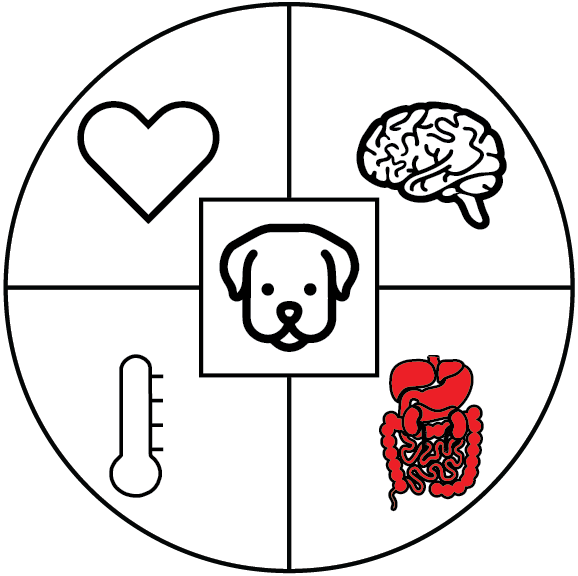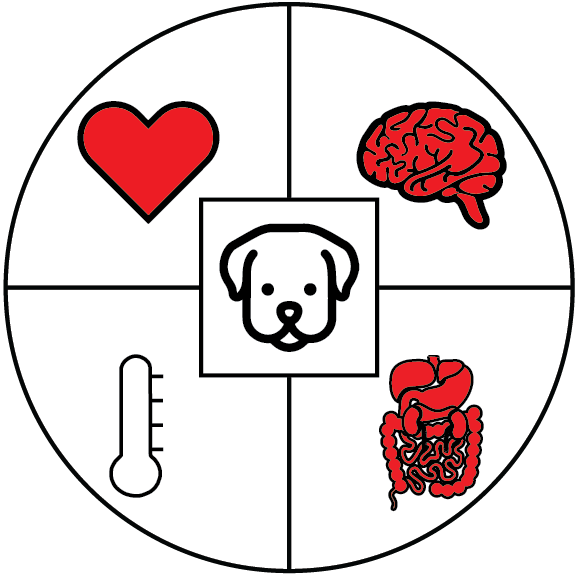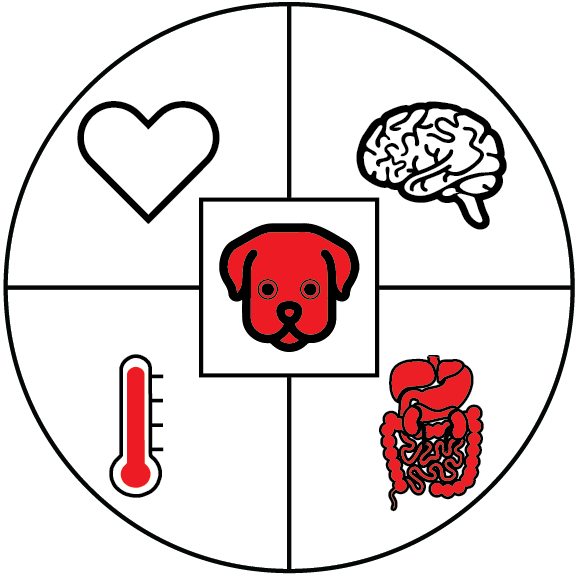
Canine Poisoning Guide
Our objective is to help educate Virginia dog owners about plants that are poisonous to their pets.
Everyday, canines are exposed to plants that are poisonous to them. This results in over 270 calls to Virginia’s ASPCA hotline every year for dogs alone. The aim of this guide is to aid pet owners in avoiding poisonous plant exposure. We want to prevent problems before they occur and save pet lives. The guide is comprised of the top 15 genera according to the hotline. It also includes pictures of species within the top genera, descriptions of their appearances, and look-alike species. Sections in the guide will specify where these plant genera can be found, either at home or in the wild. In addition, the guide lists symptoms that a dog might exhibit after consuming a specific part of the plant. This guide should help dog owners gain awareness of what plants are not safe for their pets and how to respond if their dog eats a toxic plant. The Metzgar Lab is also using a similar approach to produce a sister guide to poisonous plants for felines.

Top Five Genera Quick Facts:
Icons highlighted in red signify areas of the dog that are affected when they ingest a plant within the specified genera.

1. Vitis
Also known as: grapes or wild grapes
Parts that are toxic: all of it
Signs of consumption: vomiting, diarrhea, lack of appetite, lethargy, kidney failure, death

2. Allium
Also known as: onions, garlic, wild onions (Allium spp), chives, shallots, or scallions
Parts that are toxic: all of it, powdered cooking preparations, dehydrated material
Signs of consumption: vomiting, diarrhea, lack of appetite, depression, dark colored urine, damaged red blood cells?, heavy and quick breathing

3. Prunus
Also known as: cherries, peaches, almonds, or plums
Parts that are toxic: all of it
Signs of consumption: dilated pupils, difficulty breathing, bright red gums, shock, death

4. Azalea
Also known as: rhododendron or rosebay
Parts that are toxic: all of it
Signs of consumption: vomiting, diarrhea, weakness, coma, hypotension, CNS depression, cardiovascular collapse, death

5. Cannabis
Also known as: marijuana or weed
Parts that are toxic: all of it
Signs of consumption: prolonged depression, vomiting, incoordination, hypersalivation, dilated pupils, low body temperature, seizure, coma, death
Further Plant Poisoning Resources

ASPCA Hotline
(888) 426 – 4435
ASPCA Website
We thank Dr. Tina Wismer, MS, DABVT, DABT, and Nicole Martin CVT from the ASPCA Animal Poison Control Center for sharing data from the AnTox™ veterinary database system. We also thank the Massey Herbarium, Dr. Jordan Metzgar, Kiya Rahn, Amelia Schmidt, and Kiana Nowall.